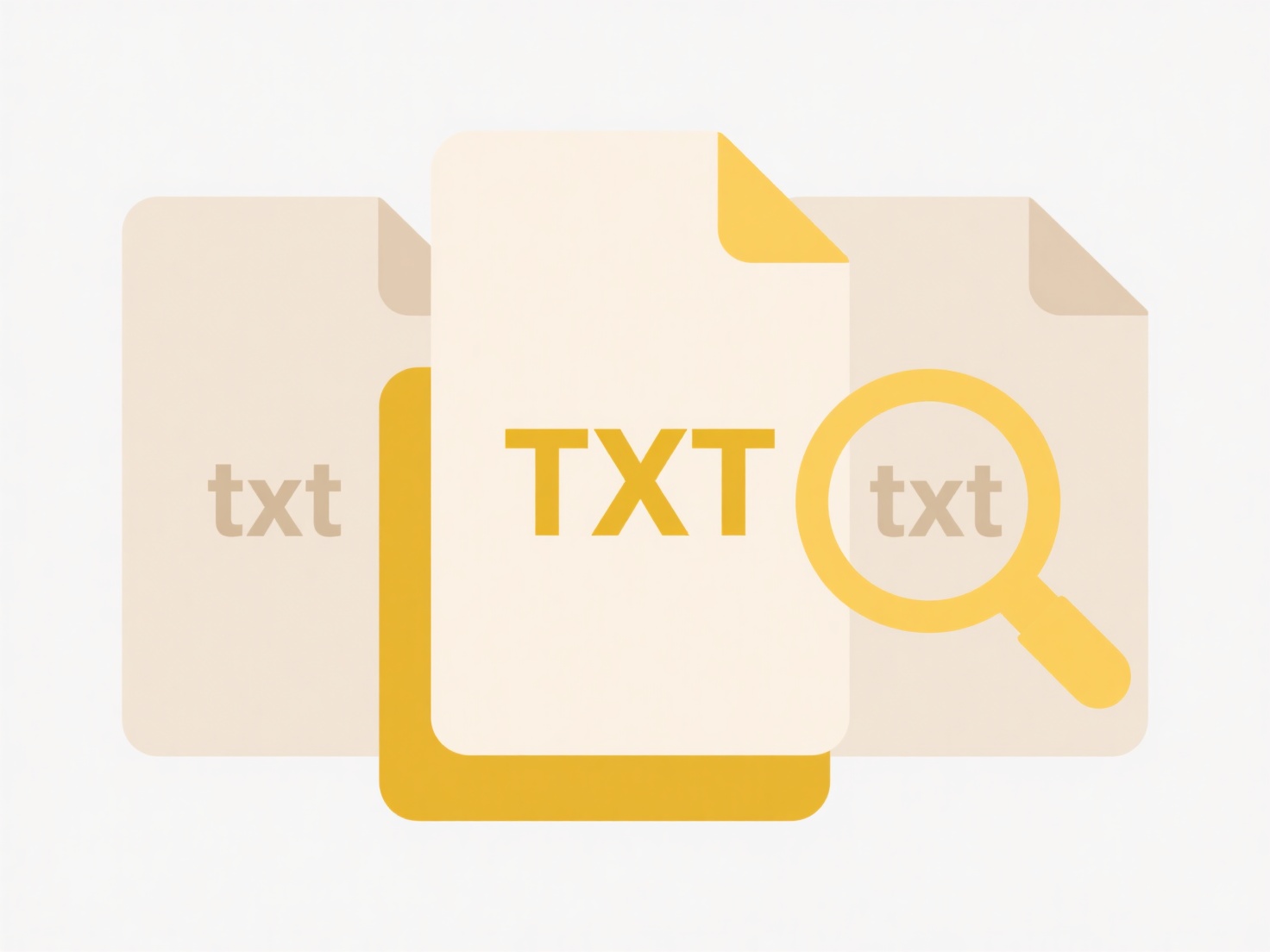
Emojis or symbols in file names refer to incorporating pictographic characters (like 😊 or ★) alongside standard letters and numbers when saving documents or media. Unlike conventional file naming which primarily uses alphanumeric characters, emojis rely on Unicode encoding support within operating systems and applications. Technical compatibility determines whether a system recognizes and displays these characters correctly as part of the filename structure.

In practice, this might occur when naming vacation photos (e.g., "Hawaii2024🌺.jpg") on social media platforms or collaborative tools like Google Drive. Developers sometimes use symbols for visual organization in project folders ("⚠️BUG_REPORTS") within environments like GitHub. However, cross-platform sharing via email or transferring files between macOS and older Windows systems frequently causes display issues.
While emojis can enhance visual sorting or mood expression, key limitations include inconsistent rendering across devices, broken web links if symbols encode improperly, and accessibility barriers for screen readers. Ethical concerns arise if icons obscure critical file information. Though modern OS support is improving, avoiding them remains advisable for professional, shared, or long-term storage due to reliability risks. Future Unicode standardization may reduce, but not eliminate, these technical hurdles.
Can I use emojis or symbols in file names?
Emojis or symbols in file names refer to incorporating pictographic characters (like 😊 or ★) alongside standard letters and numbers when saving documents or media. Unlike conventional file naming which primarily uses alphanumeric characters, emojis rely on Unicode encoding support within operating systems and applications. Technical compatibility determines whether a system recognizes and displays these characters correctly as part of the filename structure.

In practice, this might occur when naming vacation photos (e.g., "Hawaii2024🌺.jpg") on social media platforms or collaborative tools like Google Drive. Developers sometimes use symbols for visual organization in project folders ("⚠️BUG_REPORTS") within environments like GitHub. However, cross-platform sharing via email or transferring files between macOS and older Windows systems frequently causes display issues.
While emojis can enhance visual sorting or mood expression, key limitations include inconsistent rendering across devices, broken web links if symbols encode improperly, and accessibility barriers for screen readers. Ethical concerns arise if icons obscure critical file information. Though modern OS support is improving, avoiding them remains advisable for professional, shared, or long-term storage due to reliability risks. Future Unicode standardization may reduce, but not eliminate, these technical hurdles.
Quick Article Links
Why does my document look different when opened on another computer?
Documents appear different across computers because they rely heavily on the specific software, fonts, and settings avai...
Does Wisfile allow rule-based classification?
Does Wisfile allow rule-based classification? Wisfile enables fully customizable rule-based file classification using...
How do I prevent email attachments from being saved twice?
Double-saving email attachments occurs when you download an attachment to a temporary location during viewing or preview...